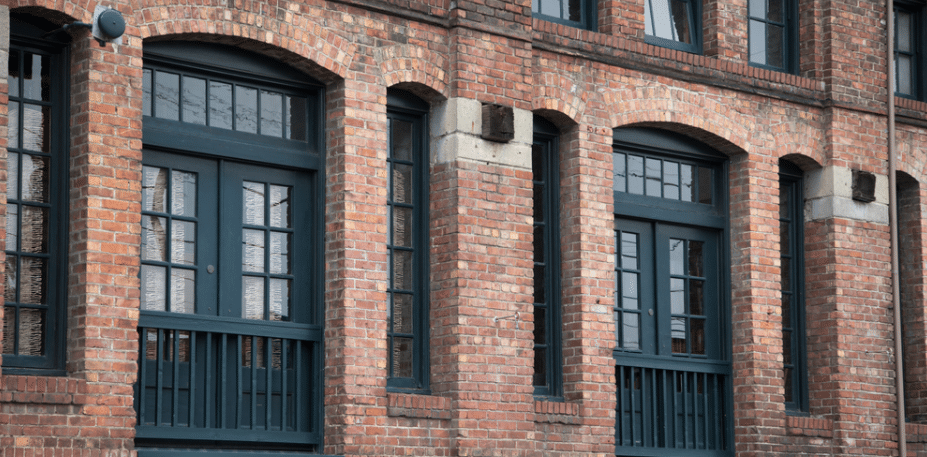Masonry construction is not only one of the oldest construction techniques, but also one of the most established one. It can used to build a wide range of construction projects like school, hospitals, apartments, work places, etc. Masonry consists of building structures by laying masonry units like bricks, concrete block or stone on top of each other. A binder, like cement mortar, is used to bind these individual masonry blocks together to create a structure. Technological innovation in materials, mix designs and engineering has made masonry construction stronger and durable than the earlier days.
Masonry construction also helps in reducing the environmental footprint of building sector, and also is one of the best cost-efficient building techniques. Let’s look at the main attributes and the general misconception regarding masonry.
Main Attributes
Aesthetic Variety: Masonry units are available in a wide range of materials, colors, sizes, shapes and texture. This allows architects with an opportunity to create aesthetically appealing designs and add a personalized touch. These units offer a natural appearance that is now gaining attention in urban areas, while blending in the rural areas. Thus, in both cases, the aesthetic variety of masonry complements the surrounding environment.
Sustainability: Masonry structures have high thermal mass and resistance, thus minimizing temperature swings and shifting heating and cooling loads. One of the biggest advantages is that this results in energy savings, since building require less heating and cooling adjustments, while providing a comfortable environment for the occupants. Masonry also offer acoustic insulation, which helps maintaining a quite and a comfortable atmosphere.
Durability and Safety: Along with highly durable, masonry also offers fire resistance, since it cannot burn. Masonry structures have the capability to offer high level of resistance against forces of nature like earthquakes and wind gusts. This has made masonry a common building technique in resilient design. Various studies and advancements have been tested which has improved masonry structures to promote high structural integrity while providing safety for the occupants.
Insurance Costs Savings: As mentioned earlier, masonry offer high levels of fire resistance when exposed to high temperature. Insurance companies reflect this in the premiums for masonry building projects. Fire safety is further enhanced when masonry buildings are complemented with automatic fire sprinklers and other fire protection techniques.
Maintenance Costs: Since masonry does not shatter, rust, dent or rot, this drops the maintenance costs of the buildings by a big mark. Also, masonry buildings do not require repainting of special deep cleaning to maintain the structural integrity and conditions. Other structures when exposed to frequent impact tend to lose the structural integrity. However, masonry has high level of strength and durability which eliminates such issues.
Now, lets take a look some of the features and advantages of masonry in construction
As mentioned earlier, masonry features include design flexibility, different textures, strength and durability. Apart from these features, some other features are mold resistance, low maintenance needs and competitive cost.
Masonry construction can start as early as required. When a contract is signed, the workers can literally start the work the next day. This speed is not possible with other construction techniques.
Masonry projects tend to have very few errors since the procedure is very simple, also the contractors stay at the job site. Even if the errors occur, they can be fixed easily.
Masonry projects can move simultaneously with other tasks. Also, the speed can be increased by adding more workers.
Misconceptions
Facade Material: Masonry is often viewed as a façade or a cladding material, incapable of supporting a structure. This is one of the biggest misconceptions, as structurally engineered masonry provides impressive strength while being highly durable and cost effective.
Lack of Skill: Masonry techniques is often considered as a skilled craft and the workers are in decline as the technique is very old. However, masonry industry constantly trains worker under their apprenticeship schools. Also, the workers gain new skills and learn techniques continuously to keep their skillset updated.
Time Consuming: Another misconception is that people think masonry projects are time consuming. This is not true. Individual masonry units can be sources locally in most places, and can be delivered quickly whenever needed. Also, there is no waiting time, especially when using standard sized masonry units, as seen in off-site fabrication techniques.

